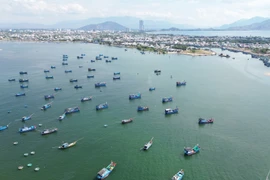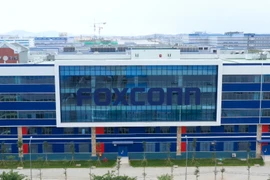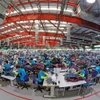Hanoi (VNA) – The index of industrial production (IIP), foreign direct investment (FDI) and export-import were among the bright spots of the national economy in the first five months of this year, experts have said.
Such bright spots came from both the domestic and FDI sectors, signalling that exports will drive the economy in the year.
According to the General Statistics Office (GSO), the macro economy remained stable, inflation was under control, and major economic balances were ensured. The consumer price index (CPI) in the reviewed period rose 4.03% year-on-year, and core inflation, up 2.78%. The IIP increased 6.8%, with the industrial sector recovering more positively over time.
The FDI influx into Vietnam reached 11.07 billion USD in the five months, a year-on-year rise of 2%. Notably, the FDI disbursement was estimated at 8.25 billion USD, up 7.8%, the highest January-May figure over the past five years.
The country exported 156.77 billion USD worth of goods, up 15.2%, and imported 148.76 billion USD, up 18.2%, resulting in a trade surplus of 8.01 billion USD, statistics show.
Former General Director of the GSO Nguyen Bich Lam pointed to multiple favourable conditions for the economy like the recovery of major export markets, inflation controlled in world leading economies that are Vietnam’s important, big trade partners, and dropping goods inventory.
However, the economy has yet to completely bounce back, as seen in the increase of only 8.7% year-on-year in retail sales and services revenue (5.2% if the price factor is excluded), as compared with 9.3% recorded in the corresponding time last year, along with a host of difficulties facing businesses.
Besides, global uncertainties have also posed risks to the global economy’s stability and development, including Vietnam, said Minister of Planning and Investment Nguyen Chi Dung.
The minister proposed the Government order the drastic, uniform, and effective implementation of solutions and policies, with attention paid to support for domestic firms, and preparation for the wave of FDI shifting.
Localities should accompany enterprises, while helping them remove procedure bottlenecks, he continued, affirming that the Government will adopt more support policies towards enterprises in the time ahead.
Lam suggested the Government quickly complete legal documents on export-import; implement fiscal and monetary policies to help businesses increase supplies, reduce costs and raise the competitiveness of their products; step up trade promotion; and diversify export-import markets.
The economy is forecast to rebound better than the first five months thanks to world aggregate demand, and the effectiveness of disbursement of public investment capital, and FDI attraction, he said./.
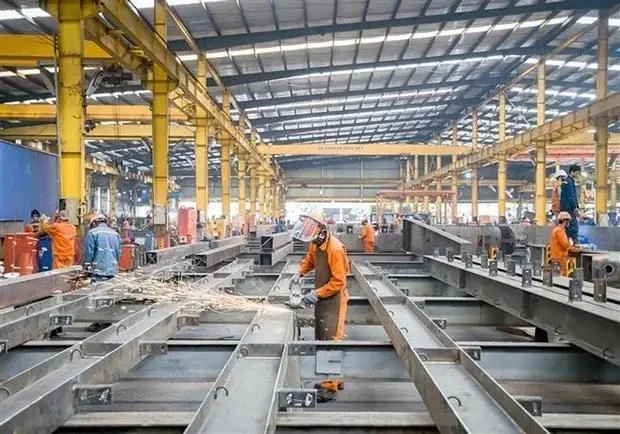
See more
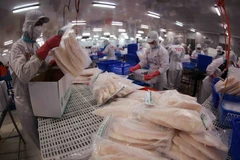
Tra fish exports on track reach close to 2 billion USD in 2025
Vietnam's tra fish exports continued its strong recovery in March, reaching 182 million USD, up 21% month-on-month and 16% year-on-year.

National flag carrier sees Q1 profit boost from int’l passenger surge, lower fuel prices
Vietnam Airlines Group – including Vietnam Airlines, Pacific Airlines and VASCO – carried nearly 6.2 million passengers in Q1, with Vietnam Airlines accounting for over six million, up 6.5% compared to the same period last year.

Vietnam Airlines expands reach with new routes to India’s tech hubs
Since entering the Indian market, Vietnam Airlines has operated over 3,200 flights and served over 511,700 passengers. In 2024 alone, Vietnam welcomed over 500,000 Indian visitors, ranking India among its top 10 tourism markets.

Vietnamese gov’t approves two-year trial of P2P lending
Under the pilot, only P2P lending companies licensed by the State Bank of Vietnam (SBV) will be allowed to operate. Foreign banks are excluded from participation. While credit institutions and fintech firms may join the trial, participation does not guarantee future compliance with business or investment regulations once formal laws are enacted.
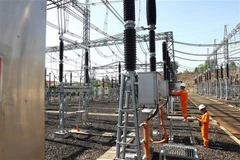
Vietnam eyes 18 billion USD a year for power plan through 2035
Vietnam targets being among the top four ASEAN countries for electricity reliability and in the top three for ease of electricity access.
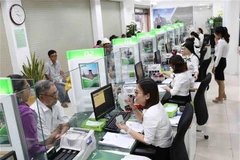
Corporate profits soar in Q1 2025, led by banking sector
According to statistics from Yuanta, market-wide revenue and post-tax profit rose by approximately 20.1% and 50.8% year-on-year, respectively, buoyed by the low comparative base of 2024.
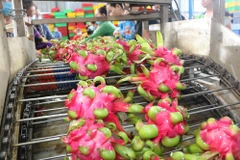
Overseas Vietnamese help Vietnamese products go global
In 2016, approximately 4.5 million Vietnamese were residing in 109 countries and territories. Today, the figures have risen to over 6 million and more than 130, respectively. Once focused on small-scale trade, many OV entrepreneurs now own major retail centres and operate extensive wholesale networks, boosting the availability of Vietnamese products abroad.
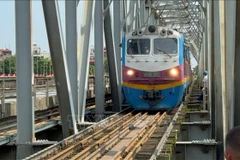
PM orders fast-track construction of Lao Cai - Hanoi - Hai Phong railway
The Minister of Construction was asked to work closely with local authorities to hasten land clearance, compensation, resettlement, site surveys, and the drafting of a feasibility study, which must be completed by June 2025, setting the stage for the project's groundbreaking on December 19, 2025.
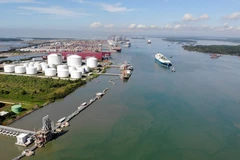
Vietnam cuts LNG import tariff to boost clean energy transition
The Vietnamese Government has reduced the preferential import tariff on liquefied natural gas (LNG) from 5% to 2% under Decree No. 73/2025/ND-CP, issued on March 31. The move marks a key step in accelerating the country’s shift from fossil fuels to cleaner energy.
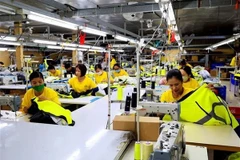
Vietnam’s labour market modernised toward deeper global integration
Through targeted measures, including more job-matching programmes, employment fairs, and job creation loans, the Government has effectively connected provinces rich in human resources with key economic hubs.
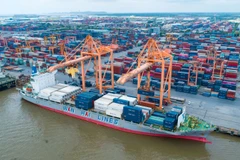
Vietnam to become second-largest economy in Southeast Asia by 2036: CEBR
Between 2021 and 2036, CEBR forecasts that the position of Vietnam in the World Economic League Table will improve considerably, with its ranking rising from 41st to 20th by 2036.
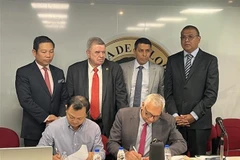
Vietnam hopes for stronger economic ties with Venezuela: ambassador
Current trade relations between Vietnam and Venezuela remain modest and are not yet commensurate with their potential, strengths, or political relationship, said Vietnamese Ambassador to Venezuela Vu Trung My.

HCM City moves closer to establishing int’l financial centre
The establishment of an international financial centre is expected to serve as a catalyst to accelerate the city’s transformation and position it for breakthrough growth in the coming years.
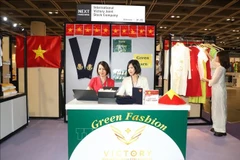
Vietnam brings breath of sustainability to Hong Kong international fashion fair
Running from April 27 to 30, the Fashion InStyle sees the participation of sustainable and eco-conscious suppliers from 19 countries and territories.

PM urges proactive engagement with US on trade talks
Trade negotiations with the US must be calm, consistent, and flexible, aiming to protect national sovereignty, security, and interests, while upholding international commitments and pursuing “balanced interests, shared risks," said Prime Minister Pham Minh Chinh.
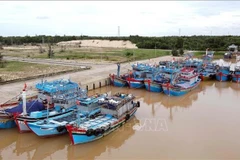
Vietnam races against time to have EC’s "yellow card" lifted before Sept. 15
The Ministry of Agriculture and Environment particularly focused on resolving all EC concerns before September 15, the deadline for submitting a progress report to the commission, as well as ensuring thorough preparations for the fifth inspection so as to secure the removal of the “yellow card” warning.
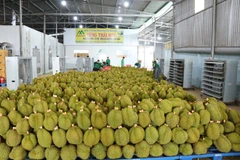
Vietnam keen on bolstering economic ties with China's Greater Bay Area
Vietnam places great importance on advancing cooperation with the Greater Bay Area, particularly in the sectors based on Fourth Industrial Revolution technologies, said Deputy Minister of Finance Nguyen Duc Tam.
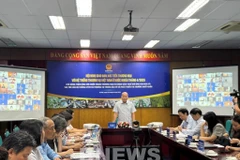
Vietnam’s trade counsellors believe in opportunities amid tariff challenges
The business community should strengthen resilience and diversify supply chains to reduce dependence on a single market for raw materials and intermediate goods, heard a hybrid conference held on April 28.
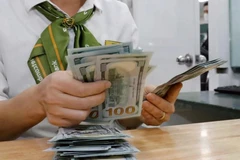
Reference exchange rate down April 29
The State Bank of Vietnam set the daily reference exchange rate for the US dollar at 24,960 VND/USD on April 29, down 4 VND from April 28.
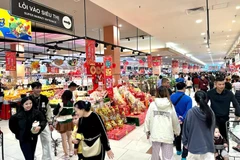
Vietnam stimulates domestic consumption, diversifies export markets
Gaining a firm foothold in the domestic market of more than 100 million people is critically important to businesses as the domestic market, which, if properly leveraged, could help offset the decline in export orders.
